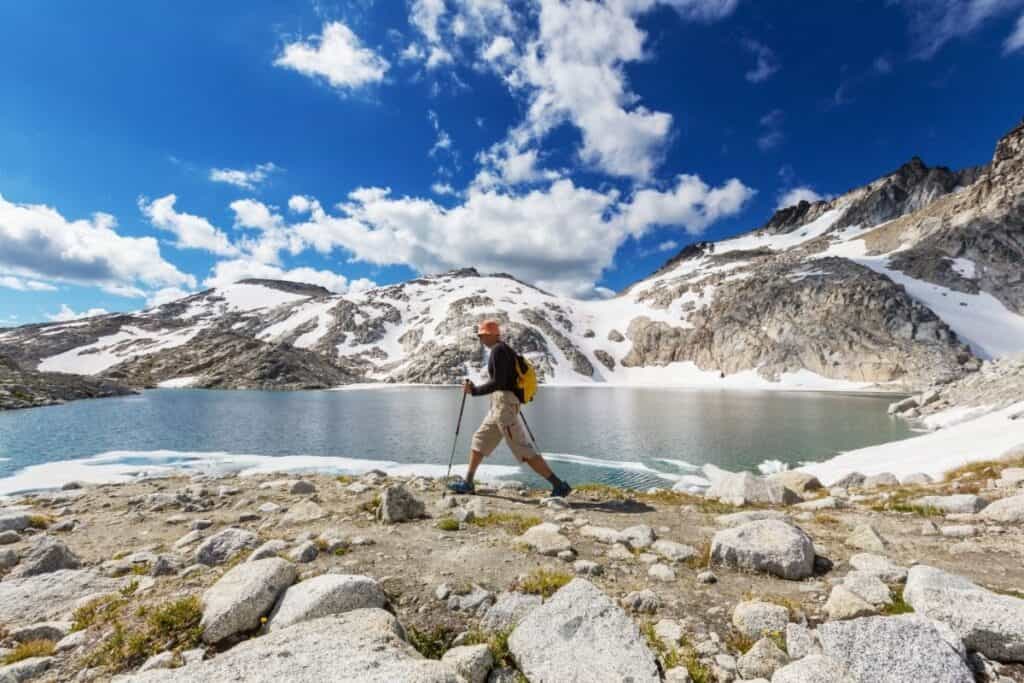
Going on a hike is a great option to help calm the mind and keep your body healthy. But it is also a great way to tone almost any muscle in your body. While many know that hiking can be a good leg workout, other muscles will come into play too. But which muscles are important when it comes to having a strong hike?
Hiking is an excellent form of exercise that targets several muscle muscle groups including the quadriceps, hamstrings, glutes, calves, core, and low back. Additionally, this aerobic activity is also fantastic workout for your heart and will improve cardiovascular health.
It is important to keep all of the muscles of your body strong to give the most for each of your hikes. Let’s take a look at the different muscles that help out with hiking and discover why your muscles get stronger and more toned when you make hiking a regular part of your routine.
Which Muscle Groups Help During Hiking?
There are quite a few muscle groups that come into play to help you with hiking.
While most people assume that they will only put the leg muscles under stress during the hike, there are several other muscles that you will work out when you go on a good hike!
Some of the muscles you will bring to the game when you go on a hike include:
Quadriceps
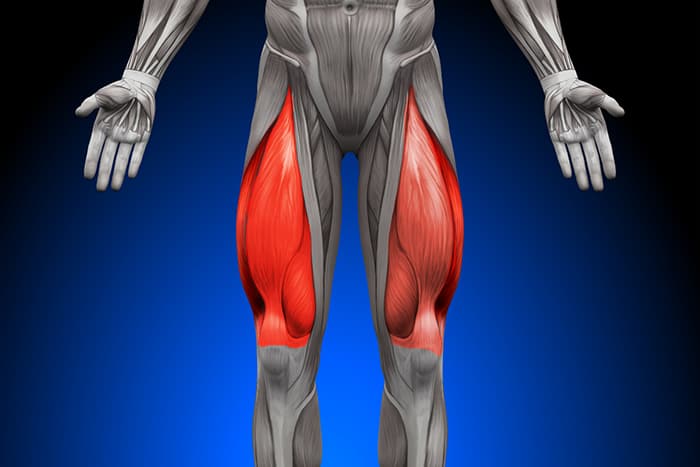
One of the main muscles that you can work out on your hike is the quadriceps, which you can find on the front of your thigh.
This is a big group of muscles that are always engaged the whole time that you move on the hike, propelling you to move forward as well. This muscle group is also helpful for extending the knee when you walk on any trail.
Hamstrings
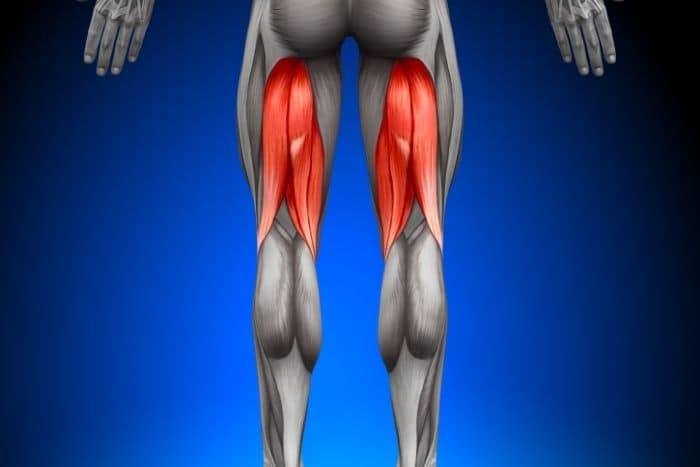
Another muscle that gets worked out when you go on a hike is the hamstrings. These are in the back of the upper thigh and they will work together with the quads to flex or bend the knee.
These muscles are good at pulling the quads to the back when. You move forward. Hiking is even more effective for helping the hamstrings compared to running.
Calves
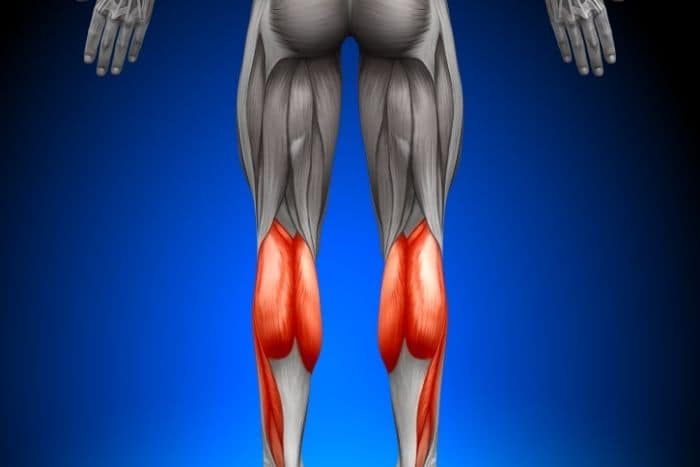
Then we can move on to the calves. These are always active when you go on a hike and you will quickly notice how they change based on the intensity of the walk.
Less stress will be on these muscles when you walk on a terrain that is flat compared to anything uphill. You should take some time to do calf stretches before any hike to make sure they do not get too tight.
Glutes
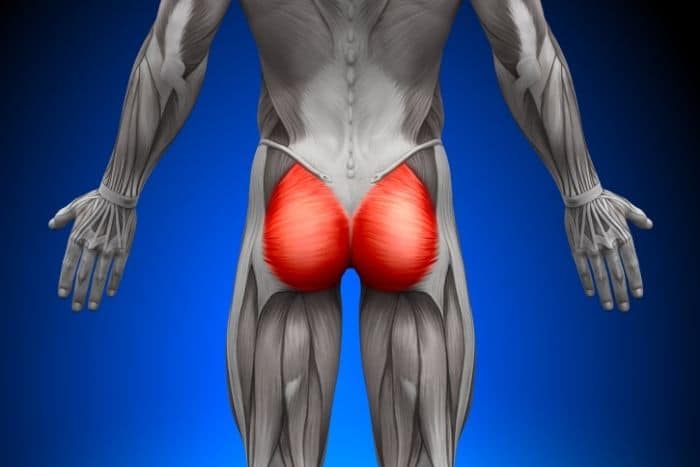
You can also work out the glutes when you go for a good hike. These are the muscles that come together to provide support to the torso while you engage in all kinds of standing physical activities.
When you do go on a hike, you will need the glutes to help out in several ways. The glutes will give you support for the weight of your body. If you are carrying a backpack on your hike, the glutes will be necessary to help with that.
You will notice that when you hike uphill, the glutes will get worked harder than on flat terrain. Before you go on a long hike, consider doing some squats to help loosen up the quads and get them stronger for all the hard work you plan to do.
Hip Muscles
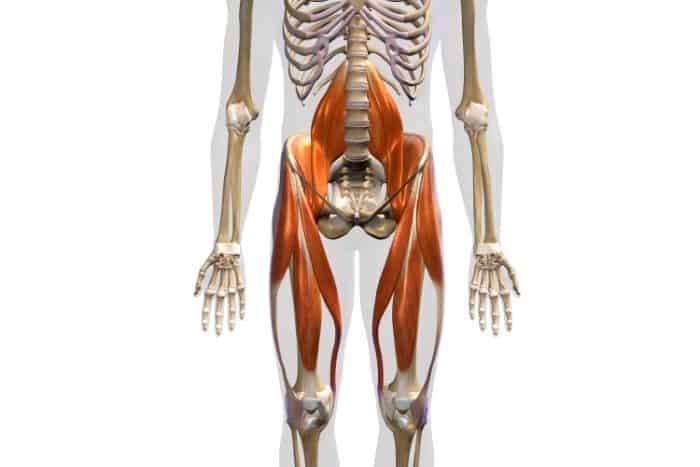
All of the muscles in the hip will be crucial when you go on a hike. If you do not make these limber and flexible before you start, they will cramp up and cause some problems when we are moving around.
Some of the hip muscles that you need to pay attention to here are the flexors, abductors, and adductors. These muscles will be the ones that help to support the glutes and your lower back in some cases.
They are also good for absorbing shock as you walk and preventing strain.
Abdominal Muscles
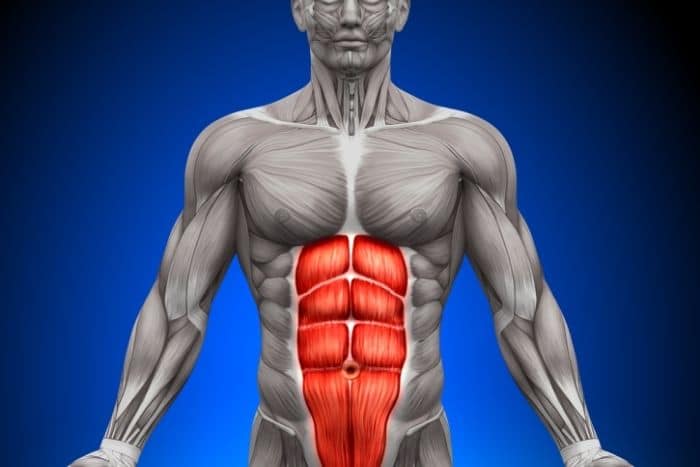
And finally, you will also work out your abdominal muscles as you go on a hike. Having strong muscles here will make it easier to go on a good strong hike.
They will help you keep your upright posture while helping to maintain the load that is on your back. You should spend some time strengthening up the abdominal muscles before you hike often to ensure that they are strong and you won’t suffer from a back injury when you go out.
Keep in mind that while most people think only of the “abs”, this is actually a complex of muscles commonly referred to as your core for their job in stabilizing the entire midsection.
Does Hiking Build Muscle?
Yes, hiking can build up the muscles in your body. Many assume that this muscle build-up is just in the legs and back end, but you can see muscles toning no matter where you look on the body.
Hiking is good at building up and engaging several groups. It also puts these muscle groups under some stress for a long period, which is excellent for training muscular endurance.
There are a few different parts that come with this though. You need to not only worry about putting the muscle under stress, you also need to help them repair. When you eat and sleep properly each day, you will repair and replace that with some new muscle fibers that are stronger than before.
This helps you to get some strong muscles that you can show off to others!
Many people assume that you need to go and spend hours at the gym to get stronger muscles. They do not think that hiking would be enough to build up muscles and help them to get stronger. But hiking is an effective way to build up the muscle strength that you need.
You can learn more about this topic in my dedicated article on will hiking build muscle.
Does Hiking Tone Your Body?
Yes, hiking can tone your body. It is one of the most effective exercises out there to tone pretty much every muscle group of the body, especially if you decide to work with rough terrain for your hike. Because of this, you will notice that you can shed a few pounds while taking a few hikes a week.
The more times that you go hit the trail and complete a hike, the faster you will see the results of the toning. There are so many muscles that need to come into play when you go on a hike that it is no wonder that they will become nice and toned when you go for a hike.
Even if you only go on a hike a few times a week, you will notice very quickly how toned up the body can get.
You can choose to go on a hike with nothing on you or take a backpack and add some extra weight to it. You can even add in some ankle weights and make it a little more challenging.
A simple hike can still tone your body, especially if you choose a path that has a rough terrain with it. The more extras that you add to the hike, the more you can tone all of the muscles in your body that help with hiking.
Is Hiking a Good Way to Lose Weight?
Hiking is one of the best ways to lose weight out there. It can get your breathing and heart rate up while feeling ren to do. Even if you just walk rather than adding in a little jogging, the rough terrain and the going uphill and downhill can help you get in a good cardio workout in no time.
In fact, the average person can burn close to 400 calories in one hour of hiking! If you can do this at least a few times a week and eat a healthy diet you can easily use hiking as a way to lose weight.
It is important to spend enough time hiking and that you do it at a quick enough pace too. A leisurely walk around d the block for a few minutes a day is not enough to help you lose weight.
Going on a good hike with lots of differences in the terrain and at a brisk pace is the best way to help you burn calories and lose weight. Remember to get enough sleep, limit your stress (which is something that hiking can help with too), and eat healthy foods and you will see how well hiking can help with weight loss.
Conclusion
Hiking is a great exercise for the muscles. Even though it may seem like you use the same muscles for it as you do with regular walking, it can introduce a ton of other muscles into the mix, which is why you may feel worn out and tired when you are done after not hiking for some time.
When you bring all of these muscle groups together, you not only have a lot of fun on a hike, but you can tone your whole body.
There are a lot of muscles that come together to make hiking possible, no matter what kind of terrain you are on, so it is one of the best activities you can participate in!
